The majority are likely already familiar with the fighting that took place in the Pacific Theater, but the 2010 HBO miniseries The Pacific shines a whole new light on the conflict and its major moments, as well as shares facts some mightn’t have been aware of.
The show came about following the resounding success of Band of Brothers (2001), which showcased the fighting and stories of Easy Company, 2nd Battalion, 506th Parachute Infantry Regiment, 101st Airborne Division in the European Theater. Similar to its predecessor, The Pacific focuses on the horrors of war and the men who faced them head-on.
The miniseries, however, is much more than just a presentation of names, dates and battles; it’s intriguing and intricate, and set records, surprised veterans and added a slight bit of fiction. Here are some surprising facts about The Pacific that can shed a new light on the well-received show.
The Pacific was filmed in Australia
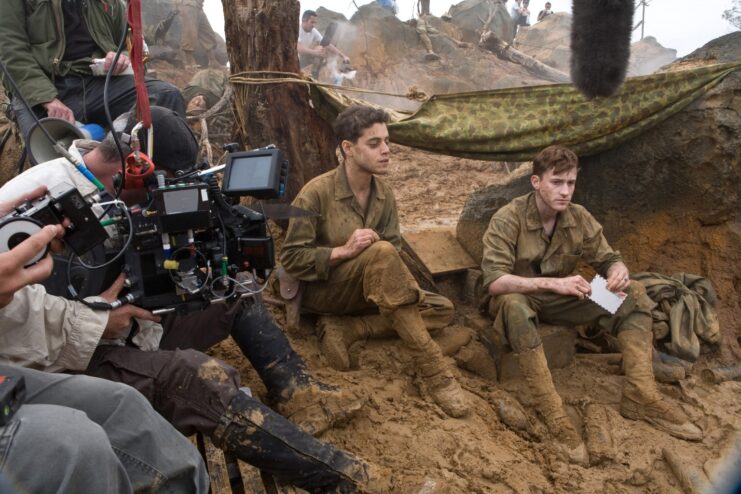
Starting off, The Pacific may feature historical events that played out across the Pacific, but the miniseries wasn’t filmed at any of the original sites. Instead, the show was produced at various locations throughout Australia, due to two companies associated with it.
Seven Network and Sky Movies joined The Pacific to secure the necessary rights to air the finished product in Australia and the United Kingdom, meaning the miniseries’ production set up its headquarters in Melbourne and began casting and preparing for filming.
From August 2007 to May 2008, the cast and crew shot scenes at various locations: national parks, downtown Melbourne, the beaches of Queensland, the suburbs, high schools and colleges, plantations, sand quarries and even rural sites in Victoria. Only one studio was used, Central City Studios at the Melbourne Docklands; all other shots were done on-location.
The Pacific is based on the memoirs of real-life US Marines
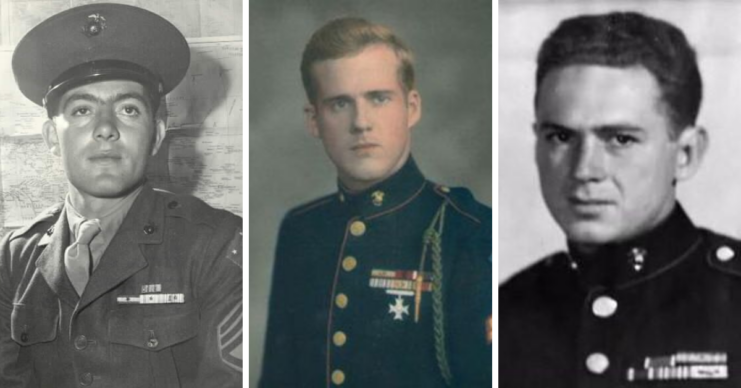
This is a rather well-known fact about The Pacific: it’s based on the memoirs of US Marines who actually served in the Pacific Theater during World War II – in particular, the engagements fought by the 1st Marine Division, from Guadalcanal to the battles of Iwo Jima and Okinawa.
The miniseries centers around three Marines – Eugene Sledge, Robert Leckie and John Basilone – and their experiences during the conflict. Thought the trio served in different regiments of the 1st Marine Division, their stories are drawn together, thanks to their memoirs.
The events of The Pacific come from Sledge’s With the Old Breed: At Peleliu and Okinawa and Leckie’s Helmet for My Pillow: From Parris Island to the Pacific. It also draws upon another of Sledge’s works, China Marine: An Infantryman’s Life after World War II, as well as Red Blood, Black Sand: with John Basilone on Iwo Jima by fellow Marine Chuck Tatum.
HBO commissioned a book based on the series
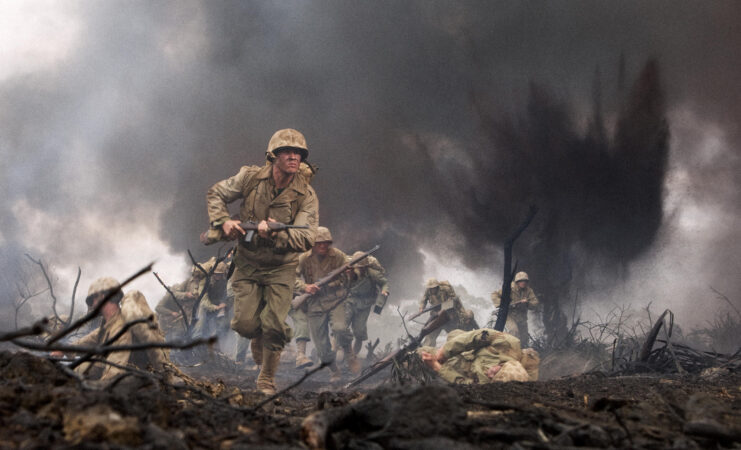
There seemed to be no need for a companion novel for The Pacific – after all, the miniseries took its material from the memoirs mentioned above – but, ironically, when it proved successful, HBO commissioned an entirely new book. However, to make the tie-in work different and exciting for readers, the company chose to incorporate a few new characters.
The book does cover the stories of John Basilone and Eugene Sledge, but it also introduces Marine officer Austin Shofner and US Navy pilot Vernon Micheel. Written by Hugh Ambrose, historian and son of the author of the Band of Brothers book, the new characters help broaden the focus of the stories to include additional battles, including the fall of the Philippines, Midway and Luzon.
Tom Hanks later regretted the different storylines
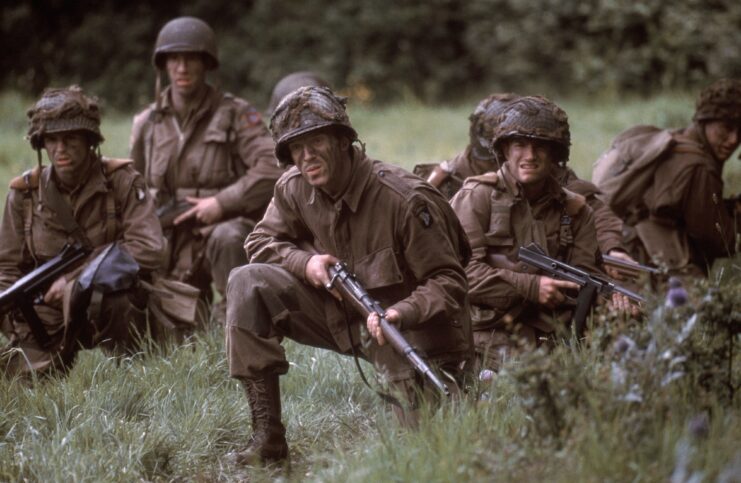
What made Band of Brothers such an intriguing watch was that it followed the actions of single wartime company, which meant nothing got lost in translation as the episodes went on. Tom Hanks, who served as executive producer on the miniseries and The Pacific, later said this was where the latter fell a bit short, as they had to juggle telling the different Marines’ stories.
The Pacific more than doubled its production budget
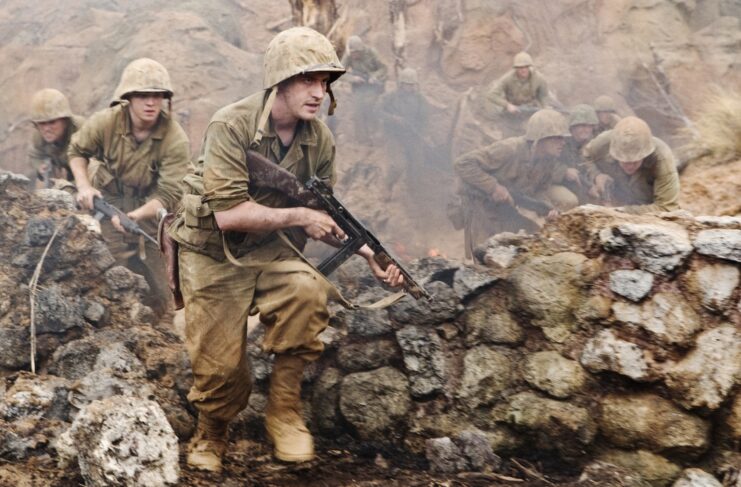
Before production and filming began, producers estimated that The Pacific would cost about $100 million. However, it quickly doubled to more than $200 million, earning the miniseries the title of the most expensive ever created – that is, until the release of Disney and Marvel’s WandaVision in 2021.
Everything about John Basilone’s story is true
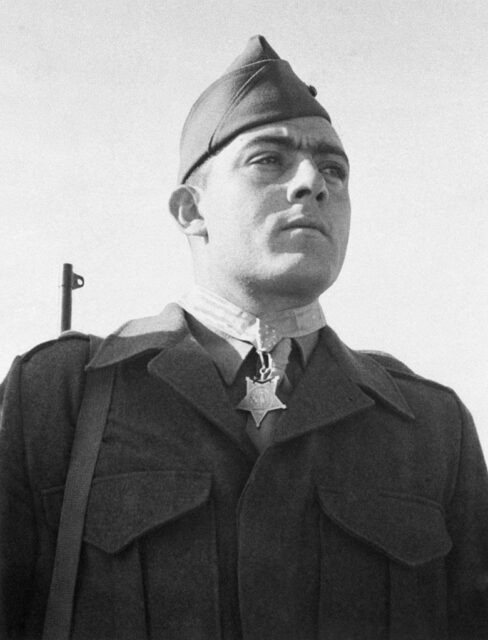
Although The Pacific blends together the real stories of those who fought with fiction, there is truth at the heart of the characters’ stories. John Basilone, in particular, had a story that seemed almost entirely fiction.
According to the miniseries, Basilone received the Medal of Honor for his heroism during the Guadalcanal Campagain, then spent months celebrating his new status as a military hero by traveling across the United States on a star-studded war bond tour – only to re-enlist and fight at Iwo Jima.
There’s no fiction in Basilone’s story – in fact, each of the moments featured in The Pacific really did happen.
Basilone did earn the Medal of Honor and returned to America in 1943, embarking on war bond tours that were publicized and celebrated with parades. He was recognized as a hero by celebrities, politicians and national news outlets, and Basilone used his new-found fame to raise money for the war effort.
Unsurprisingly, this became too uncomfortable for the veteran, and he wanted to step out of the limelight; Basilone felt more at home on the battlefield. He asked the US Marine Corps to return to the war, but was denied and offered an instructor position in the US, instead.
Basilone refused, and made a second request. This time, it was approved, and he re-enlisted just in time to fight at Iwo Jima. He sadly lost his life during the battle, falling victim to Japanese mortar shrapnel.
Robert Leckie and Eugene Sledge never met during the war
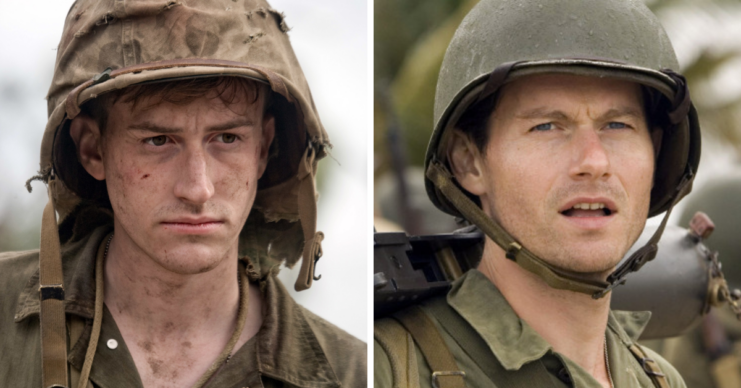
While John Basilone’s story might have been portrayed accurately in The Pacific, the same can’t be said for those of Robert Leckie and Eugene Sledge. While audiences see the pair interacting in one scene, they never actually met during the Second World War.
Veterans suffered flashbacks while watching the miniseries
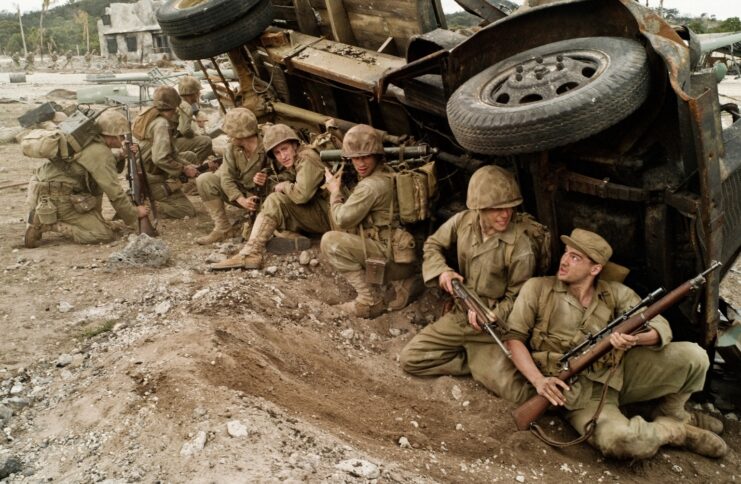
Television tends to glamorize everything, but that wasn’t the case with The Pacific – in fact, veterans found it to be so accurate and realistic that they felt as though they were back in those very moments. According to an opinion piece written by veteran Bill Gallo for the NY Daily News, The Pacific and its visually stunning scenes were enough to cause flashbacks.
Gallo said, “It was real, so g*******d real that my head darted back to when I was wearing green combat fatigues and carrying my M-1 Garand rifle fighting in the Pacific.” Each episode brought him back to the battles he fought in the Pacific Theater and served as a reminder of the intensity of the situations and “the elements of war.”
Veterans of the Pacific Theater pleaded for their stories to be told
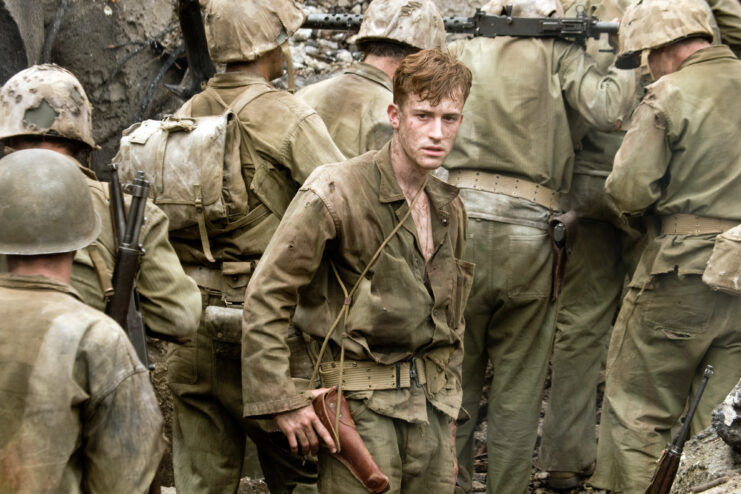
Although Band of Brothers saw immense success after its premiere, that initial miniseries wasn’t what prompted Steven Spielberg and Tom Hanks to create a follow-up. In fact, the inspiration for The Pacific sprung from veterans themselves; those who’d fought in the Pacific Theater reached out to the two and asked that their stories to be told.
New! Want to become a trivia master? Sign up for our War History Fact of the Day newsletter!
More from us: The True Story Behind the Court-Martial Scene in ‘Band of Brothers’
Many of these veterans felt Americans were very familiar with WWII, but were unaware of what took place in the Pacific. What occurred there was so different to Europe and a “particular kind of hell,” according to those who fought. They wanted to share their experiences before losing them entirely.
